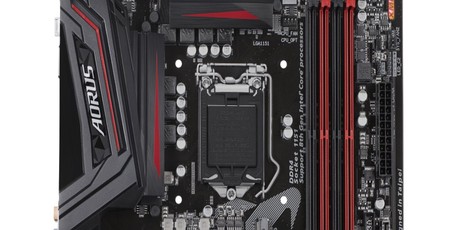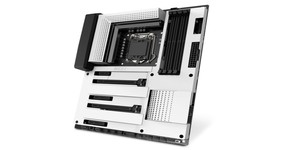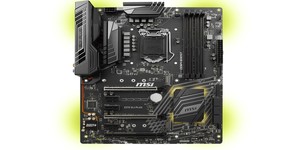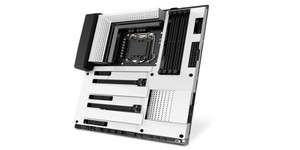Overclocking

We've had to apply loadline calibration with other Gigabyte Z370 boards, and the same was true with the Z370 Aorus Gaming 3, at least to get our Core i7-8700K to its maximum 5GHz with the lowest voltage.
In the end, that turned out to be a fairly high 1.28V, which is exactly the same as what we needed with the similarly-priced MSI Z370 SLI Plus that we've been comparing it to. This was still within the limits of our all-in-one liquid-cooler, though, and this all-core overclock was completely stable.
To see an in-depth look at Gigabyte's latest EFI and software head here.
Performance Analysis
As per usual, we're not looking at massive differences in benchmark results, which is a good thing, as is means despite coming in at a fairly low price tag for the Z370 chipset motherboard, the Z370 Aorus Gaming 3 lacks nothing in terms of performance compared to more expensive boards. It offered solid numbers in the content creation tests and similar figures to the MSI Z370 SLI Plus in our game tests, being only marginally off the pace of the best performing boards on test.

It topped the M.2 performance numbers, albeit by just a few megabytes per second - this points to the lack of heatsinks having no impact, at least in the sort of burst loads typical of most home users. The audio performance is another area where we do see some variation, but again, despite the noise level result of -105.7 dBA being a little lower than the best Realtek ALC1220-based codecs on test, this isn't likely to be noticeable outside of RightMark's Audio Analzyer software. Unsurprisingly, the power draw was a little higher once overclocked compared to the MSI board, as we had to ramp up loadline calibration, but this only added 30W or so to the load draw.
Conclusion
Overall this is a great board for the money, although we do think the MSI Z370 SLI Plus comes out on top. Shopping around, it's around £10 cheaper, sports an optical output for the onboard audio, an extra fan header, angled ports, and is more attractive overall as well as easier to overclock. However, the Z370 Aorus Gaming 3 did manage to overclock to the same frequency, has an additional PCIe x1 slot and a USB Type-C header on the PCB as well as better RGB lighting possibilities. As a result, we can definitely recommend the Gigabyte board based on those points, even if the MSI board ticks a few more boxes.


MSI MPG Velox 100R Chassis Review
October 14 2021 | 15:04









Want to comment? Please log in.